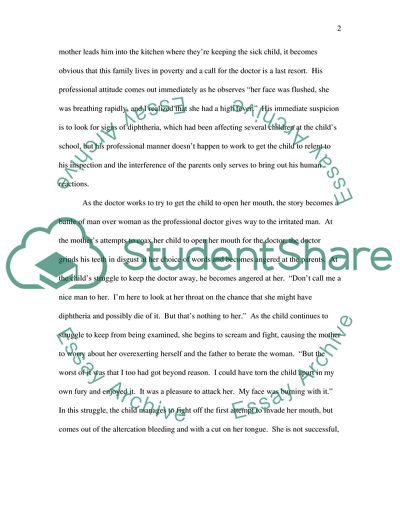Cite this document
(“The Multiple Functions of Characters in a Story Such as The Use of Essay - 14”, n.d.)
The Multiple Functions of Characters in a Story Such as The Use of Essay - 14. Retrieved from https://studentshare.org/literature/1536326-essay
The Multiple Functions of Characters in a Story Such as The Use of Essay - 14. Retrieved from https://studentshare.org/literature/1536326-essay
(The Multiple Functions of Characters in a Story Such As The Use of Essay - 14)
The Multiple Functions of Characters in a Story Such As The Use of Essay - 14. https://studentshare.org/literature/1536326-essay.
The Multiple Functions of Characters in a Story Such As The Use of Essay - 14. https://studentshare.org/literature/1536326-essay.
“The Multiple Functions of Characters in a Story Such As The Use of Essay - 14”, n.d. https://studentshare.org/literature/1536326-essay.


